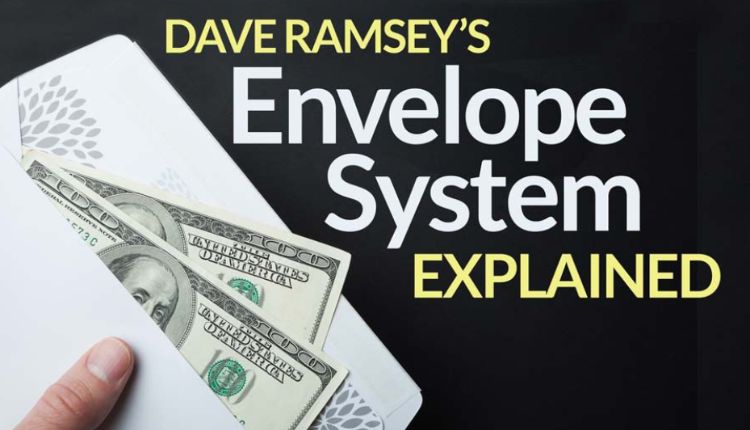In today’s fast-paced world of digital wallets, contactless payments, and online shopping, it’s easier than ever to lose track of your spending. Many people struggle to stay within budget, leading to unnecessary debt and financial stress. But what if there was a tried-and-true budgeting method that helps you become more intentional with your money? That’s where the Cash Envelope System at norracotransact comes in — a simple, old-school method that’s making a big comeback for good reason.
What Is the Cash Envelope System?
The Cash Envelope System is a budgeting method that involves physically dividing your income into different envelopes, each designated for a specific spending category. Once an envelope is empty, you’re done spending in that category for the month (or until your next budgeting cycle). The goal is to control spending by using only the cash allocated to each envelope — no credit cards, no swiping, and no overdrafts.
This system was popularized by financial experts like Dave Ramsey, who advocates for it as a way to curb overspending and build discipline.
Why the Cash Envelope System Works
The power of this system lies in its visual and physical limitations. Unlike using a debit or credit card, where you can mindlessly spend, handling physical cash creates a sense of scarcity and accountability. You’re more aware of your budget, and it’s harder to ignore how much you’ve spent.
Here’s why it’s so effective:
- Tangible limits: Once the cash is gone, it’s gone.
- Prevents impulse purchases: You’re less likely to splurge if you don’t have the cash on hand.
- Increases mindfulness: Handling money physically forces you to think twice before spending.
- Reduces debt risk: No need to rely on credit or go over your budget.
How to Start the Cash Envelope System
Getting started with the cash envelope system is relatively simple. Here’s a step-by-step guide to help you begin:
Step 1: Determine Your Monthly Income
Start by calculating your total monthly income after taxes. This includes paychecks, side hustle earnings, or any other regular sources of income.
Step 2: List Your Expense Categories
Create a list of your monthly expenses, breaking them into categories such as:
- Groeries
- Gas/Transportation
- Eating Out
- Entertainment
- Clothin
- Personal Care
- Household Supplies
You do not need to use the envelope system for fixed expenses that are paid online or via auto-draft (like rent, utilities, subscriptions, or loan payments). Focus instead on variable spending categories.
Step 3: Set a Budget for Each Category
Review your past spending habits and assign a realistic budget to each category. For example:
- Groceries: $400
- Gas: $150
- Dining Out: $100
- Entertainment: $75
- Miscellaneous: $50
Total: $775 (this would be the amount you withdraw in cash for your envelopes).
Step 4: Prepare Your Envelopes
Label each envelope with its category and place the designated amount of cash inside. You can use:
- Standard mailing envelopes
- Plastic zip pouches
- Wallets with dividers
- Specialty cash envelope wallets (available online)
Step 5: Use Only What’s in the Envelope
Throughout the month, spend from the appropriate envelope and track your purchases. Once an envelope is empty, that’s it — you’ll have to wait until the next budgeting cycle to replenish it.
This teaches discipline and helps identify areas where you consistently overspend.
Tips to Succeed with the Cash Envelope System
Implementing this system might feel awkward at first, especially if you’re used to swiping cards. Here are a few tips to help you stick with it:
✅ 1. Start with Just a Few Categories
If the idea of managing multiple envelopes feels overwhelming, start small. Pick 3-4 categories that tend to get out of control (like dining out or shopping) and grow from there.
✅ 2. Keep Receipts or a Small Ledger
To stay aware of where your cash goes, keep a small notebook or use the back of each envelope to jot down transactions.
✅ 3. Leave Some Wiggle Room
Unexpected expenses come up. It’s wise to include a small “Miscellaneous” envelope for those unplanned costs.
✅ 4. Store Cash Securely
Keep your envelopes in a safe, organized place at home or use a secure cash envelope wallet if you’re carrying them with you.
✅ 5. Adjust Monthly
Each month might bring different expenses. Review and adjust your envelopes as needed. Flexibility is key to long-term success.
Common Mistakes to Avoid
Like any budgeting method, the cash envelope system has potential pitfalls and see all things:
- Borrowing from other envelopes: This defeats the purpose. Stay disciplined.
- Not budgeting accurately: Be realistic with your categories and amounts.
- Not tracking your cash: Losing track of spending can lead to shortages or overspending.
- Carrying all envelopes at once: It’s safer to carry only what you need for the day or week.
Is the Cash Envelope System Right for You?
This system isn’t for everyone. It works best for:
- People who tend to overspend with cards
- Budgeting beginners who need a tactile method
- Anyone looking to reset their spending habits
- Families trying to involve kids in budgeting
However, if you do most of your shopping online or find carrying cash inconvenient, you might want to try a digital version of the envelope system using budgeting apps like Goodbudget, Mvelopes, or YNAB (You Need A Budget).
Final Thoughts
The Cash Envelope System may seem old-fashioned in the age of digital banking, but that’s part of its strength. It strips away the distractions of modern spending and forces you to face your habits head-on. By giving every dollar a job and using only what you’ve physically set aside, you can take control of your finances, eliminate wasteful spending, and build a stronger financial future.
Give it a try for a month — you might be surprised at how much you save when you pay with purpose.
